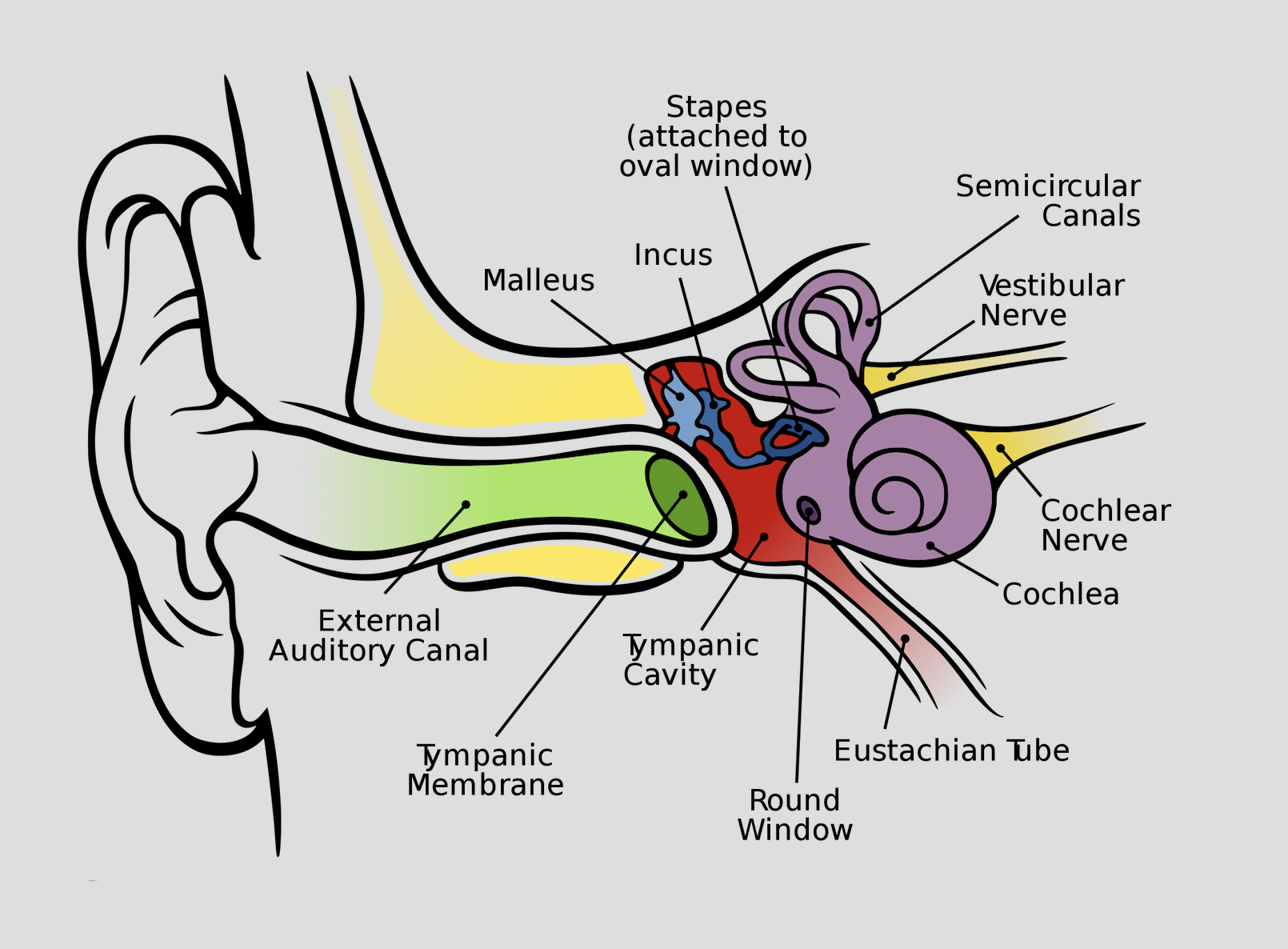

Vertigo and Dizziness Treatment Options Pharmacological vestibular schwannoma) some drugs (namely gentamicin and dexamethasone) may also be applied transtympanically as a simple procedure under topical anesthesia. Surgical treatments – in less frequent lesions such as semicircular canal dehiscence, where there is a lack of bone covering one or more semicircular canals and ear tumors (e.g.


Vertigo and dizziness are among the most common complaints, having a lifetime prevalence of about 30% 1. Can the use of Medications Improve vestibular symptoms?


 0 kommentar(er)
0 kommentar(er)
